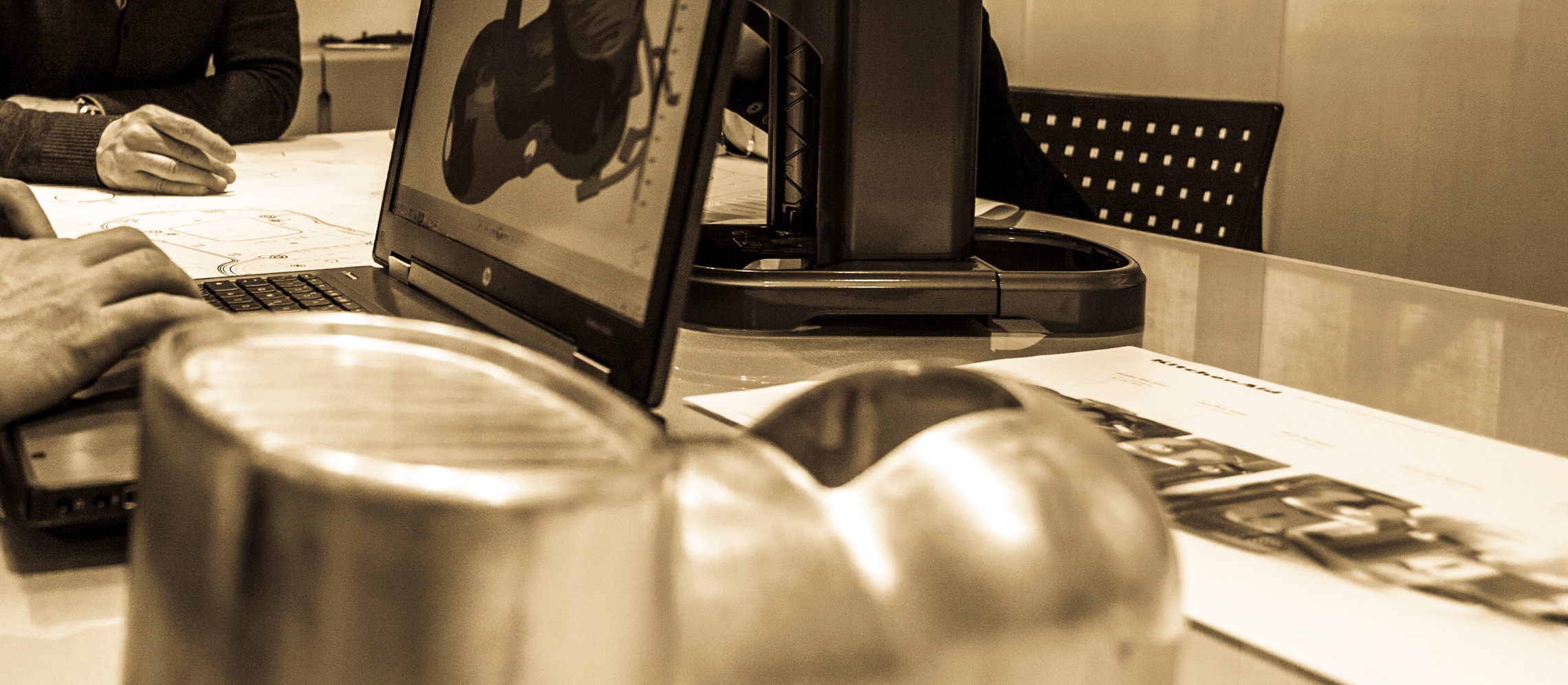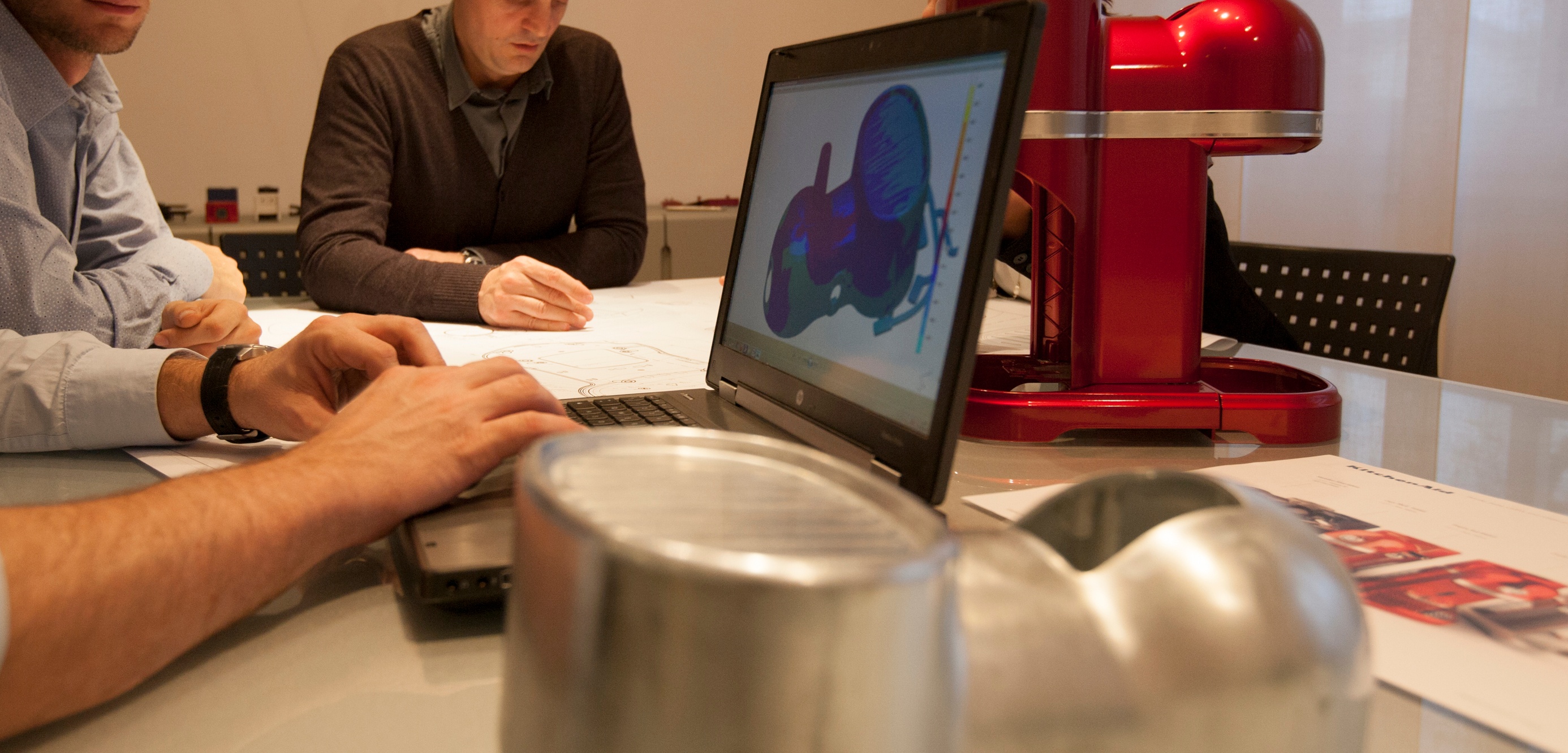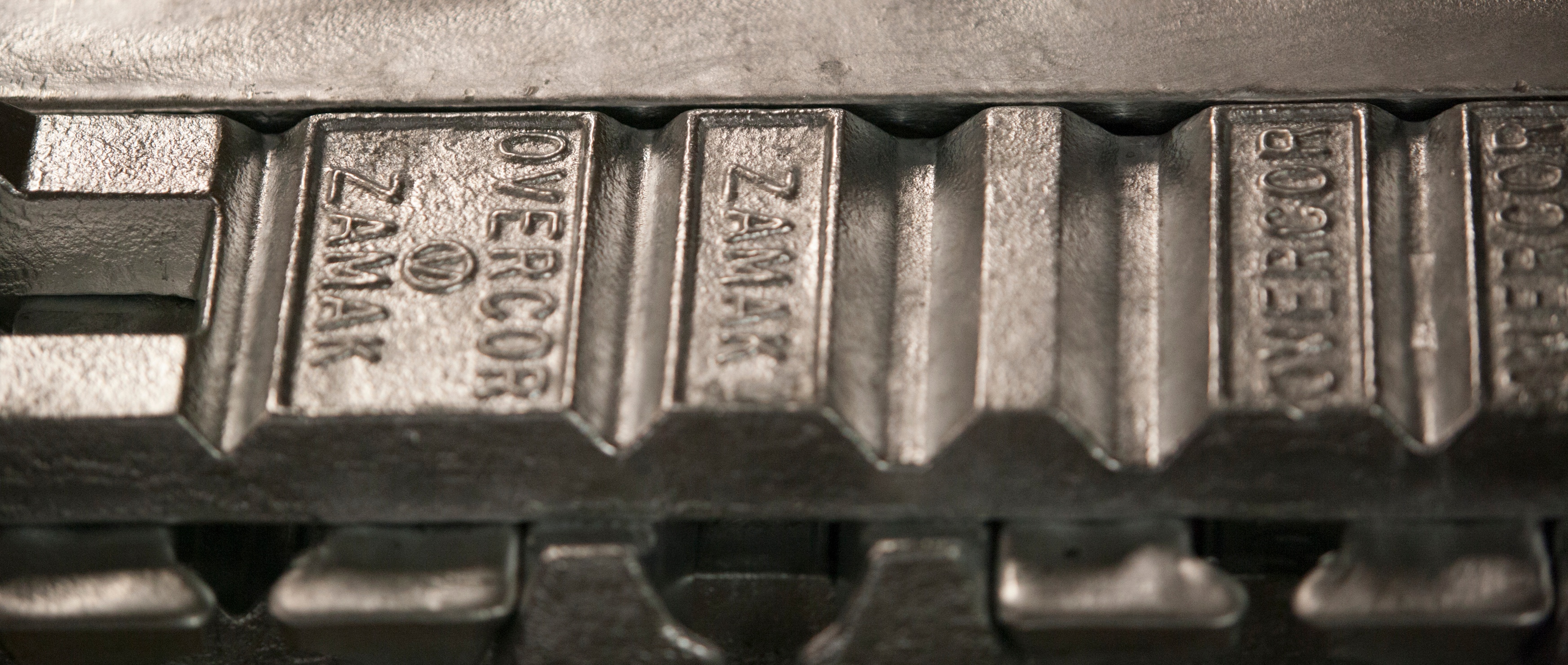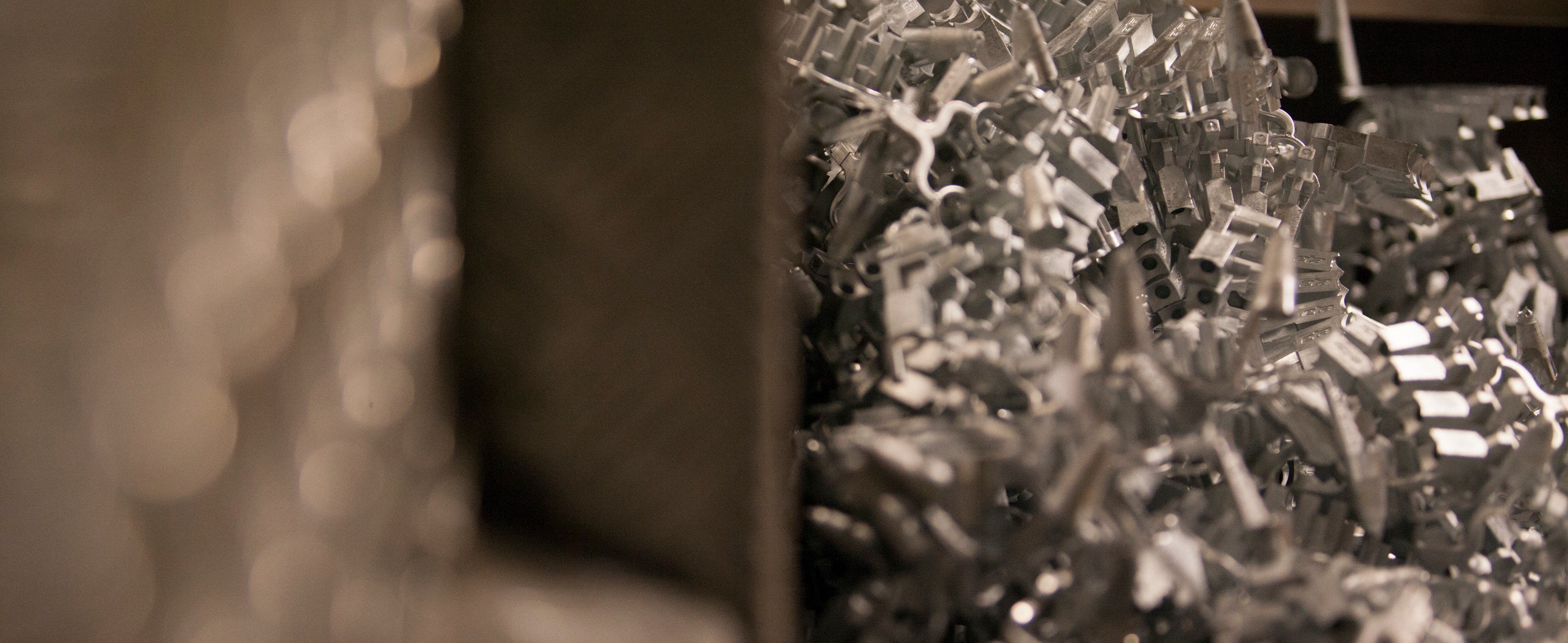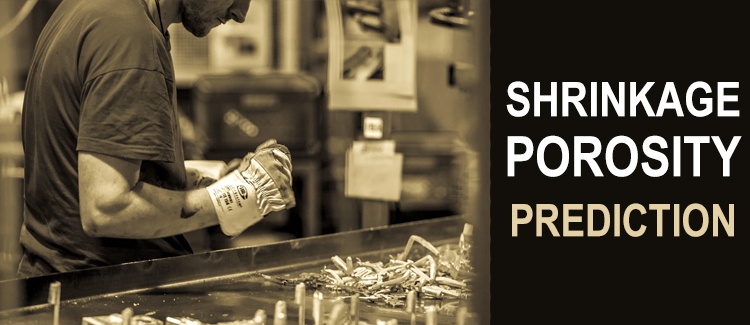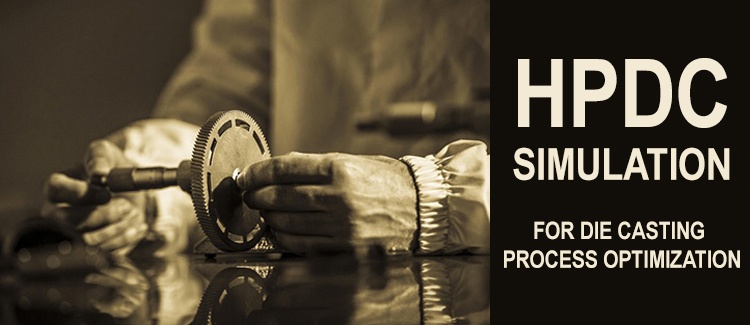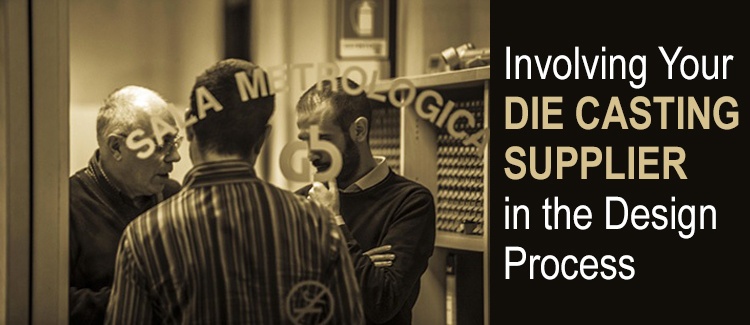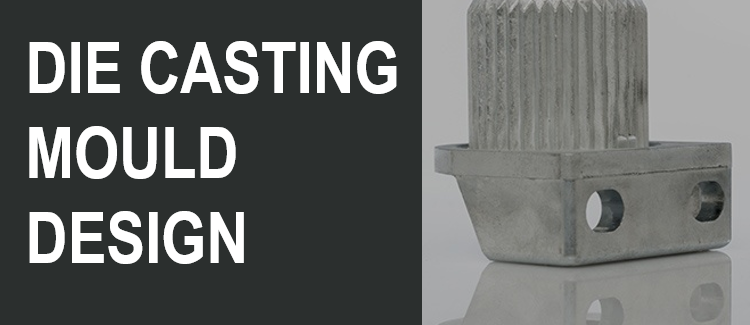All the posts for die-casting-simulation
Posts by Topic
- Die Casting simulation (35)
- Co-design (26)
- Cost reduction (23)
- die casting finishing (18)
- Defects reduction (16)
- high pressure die casting (16)
- die casting process (15)
- VAVE (13)
- die casting (12)
- Zinc (11)
- Zinc benefits (10)
- casting process (10)
- die casting engineering (10)
- optimization (10)
- Innovation (9)
- automotive (8)
- casting (8)
- ZAMAK (7)
- product design (6)
- quality (6)
- Mould Design (5)
- Scrap reduction (5)
- automation (5)
- saving (5)
- Mold (4)
- benefits (4)
- die casting machines (4)
- hot chamber die casting (4)
- industry (4)
- supply chain (4)
- zinc alloys (4)
- Commodity (3)
- coffee market (3)
- mold maintenance (3)
- process improvement (3)
- small appliances (3)
- technology (3)
- thin wall thickness (3)
- Shrinkage porosity (2)
- costs saving (2)
- customer service (2)
- cycle time (2)
- electronic products (2)
- improvement (2)
- metrology (2)
- mold design (2)
- process analysis (2)
- production (2)
- production process (2)
- recycling (2)
- sustainability (2)
- white goods (2)
- zinc life cycle (2)
- DFM (1)
- Electromechanical systems (1)
- HPDC (1)
- Lighting components (1)
- Press (1)
- SME (1)
- Textile (1)
- Textile Machineries (1)
- Zinc alloy actuators (1)
- actuators (1)
- chrome plating (1)
- environment (1)
- industrial machinery (1)
- industrialization (1)
- lead time (1)
- machines (1)
- painting (1)
- quality control (1)
- surface treatment (1)
- tier 2 automotive supplier (1)
- vacuum valve (1)
- zinc alloys for doors and windows (1)
There are different types of suppliers that are involved in die casting process: the raw material producer, the toolmaker, the die caster, and experts of secondary operations. The most important supplier involved in the product design phase is the zinc alloys die caster. In fact the supplier should foresee in advance the casted product performance, its aesthetical requirements and its total costs.
Zamak die casters cannot be choose without a mindful analysis. Choosing the right supplier can be a tough issue: it is fundamental that zamak die casters are able to understand if die casting is the right choice for the production of the component requested, or instead advice the client to use another technology.
Die casting companies that use simulation tools can give important benefits to its customers. Using these simulation tools can allow to obtain an important saving in terms of money and time in different ways. In this article we are going to analyze benefits of simulation during the development of a new component or product.
Industry 4.0 tries to gather every phase of production process into simulation. In particular in die casting engineering, simulation has to consider several points: productive plant, die casting tools, automation tools, cooling tools, secondary operation tools.
To predict shrinkage porosity and other defects, simulation is increasingly used nowadays, as these software require less development cost and time than experiments. Only some specific simulation programs, however, take into consideration the effect of back pressure in the cavity in die-casting. In this article we are going to discuss: what is shrinkage porosity, causes of the defect and how to avoid it with simulation.
In high pressure die casting industry both suppliers and customers are always looking for the best solutions in terms of part load, costs and times for development and manufacturing processes.
There can be many suppliers involved in the die casting process such as the raw material producer, the die caster, the toolmaker and others representatives of companies involving secondary operations. The right zinc die casting supplier is able to support its customer, anyway it is fundamental that the designer has knowledge of the material features and the process phases.
In this post we are going to describe the benefits of die casting simulation, how to avoid non-compliant products creation, how to avoid material waste and how to save time avoiding empirical tests.
The concept of die casting mould design concerns the design of the mould but in general it defines the entire process of die casting. It’s a phase of the product industrialization that has clear characteristics to avoid many defects: for example cold laps.
In high pressure die casting, the filling process is crucial for the product esthetical quality and mechanical characteristics, for reducing scraps and optimizing set up parameters, and also for the maintenance and life cycle of the die.
